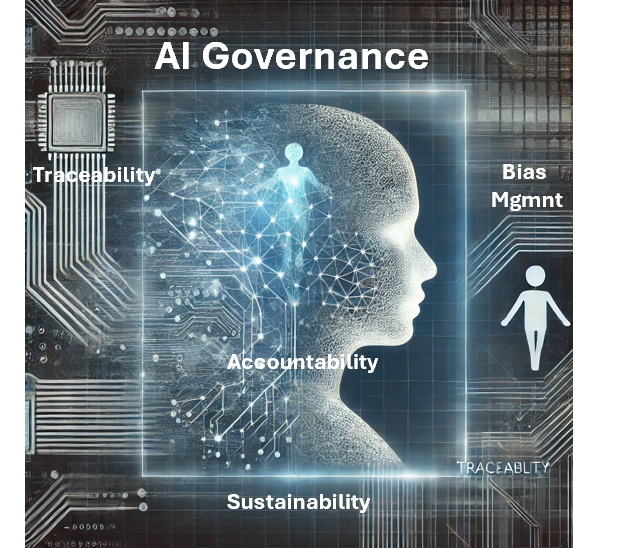How to Create a Brand Voice GPT
- derekfmartin

- Jan 23
- 3 min read

Introduction: Why You Need a Brand Voice GPT
In today’s fast-paced digital world, maintaining a consistent brand voice across all marketing materials is crucial. Whether it’s emails, blogs, or social media posts, your brand’s tone and style are often the deciding factors in building trust and engagement with your audience. But keeping that voice consistent, especially across large teams or tight deadlines, can be challenging.
Enter the Brand Voice GPT: a custom AI-powered assistant designed to emulate your brand’s unique style and tone. This guide will walk you through creating one, step-by-step, so your content can remain authentic, consistent, and impactful—no matter who’s writing.
How to Create Your Brand Voice Agent
Note: instructions for a paid chatGPT, but easily adjusted for accounts with agent creation access in Claude, Gemini and others.
1. Get Started
Start by opening chatGPT. On the left panel, navigate to “Explore GPTs,” and click the “+ Create” button at the top-right corner. This brings you to the Configure Mode, where you can begin crafting your custom GPT agent.
2. Define the Basics
Name Your GPT: Choose a name that reflects its purpose (e.g., “Acme Brand Voice”).
Add a Description: Provide a concise explanation of what the GPT is designed to do. Example: “This GPT assists in writing consistent, on-brand content for Acme Co., including blogs, emails, and social media posts.”
Upload an Image (Optional): Adding a logo or an icon can make it visually recognizable.
3. Write Clear Instructions
The instructions are the foundation of your GPT’s capabilities. Clearly define:
Purpose: Describe the role of the GPT. For example: “This GPT is an expert content writer designed to emulate [Brand Name]’s voice. It creates marketing content like emails, blogs, and social posts, staying aligned with our brand’s tone and strategic themes.”
Context: Provide background on your brand’s identity and audience.
Key Themes: Specify themes or focus areas (e.g., innovation, sustainability, inclusivity).
Tone and Style: State whether the tone should be professional, conversational, or creative.
Examples and Sources: Reference uploaded examples of existing content to help the agent learn your style.
4. Upload Supporting Materials
To ensure accuracy and consistency, upload files that define your brand’s tone and messaging. Examples include:
Brand Voice & Style Guidelines
Past marketing campaigns
Key documents like annual reports or pitch decks
For live content, create a table for reference:
Source Name | Description | URL
Blog Guidelines | Voice and tone tips | www.example.com/blog
Product Overview PDF | Details about products | www.example.com/products
5. Add Useful Actions
Define Actions to streamline repetitive tasks. For example:
Draft Emails: Purpose: Generate a structured email with a subject line, introduction, and strong call-to-action. Sample Prompt: “Create a marketing email targeting [audience] with the objective of [goal]. Focus on [key messages] and use a [friendly/persuasive] tone.”
Write Social Posts: Purpose: Create engaging content for specific platforms. Sample Prompt: “Write a LinkedIn post promoting [topic]. Use hashtags like [#example].”
Outline Blogs: Purpose: Develop a clear blog structure with subheadings and bullet points. Sample Prompt: “Outline a blog post titled [topic] for [audience].”
6. Test and Iterate
Test Outputs: Start with real tasks to evaluate whether the GPT captures your brand’s tone and messaging.
Refine Instructions: Tweak descriptions, examples, and action prompts as needed.
Update Regularly: Refresh the GPT with new content and guidelines to keep it relevant.
Closing Thoughts
By creating a Brand Voice GPT, you’re equipping your team with a powerful tool that ensures consistent, high-quality content. Whether you’re scaling up your marketing efforts or simply want to save time, a well-designed GPT can make all the difference. Watch for a future post focused on creating predefined Actions for repetitive tasks of a marketer, data analyst, and others.




Comments